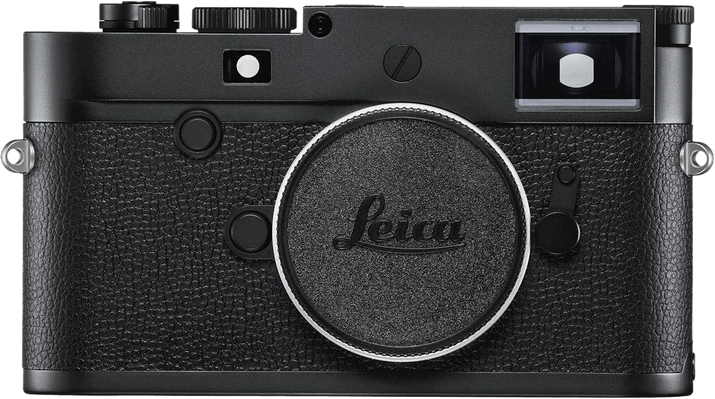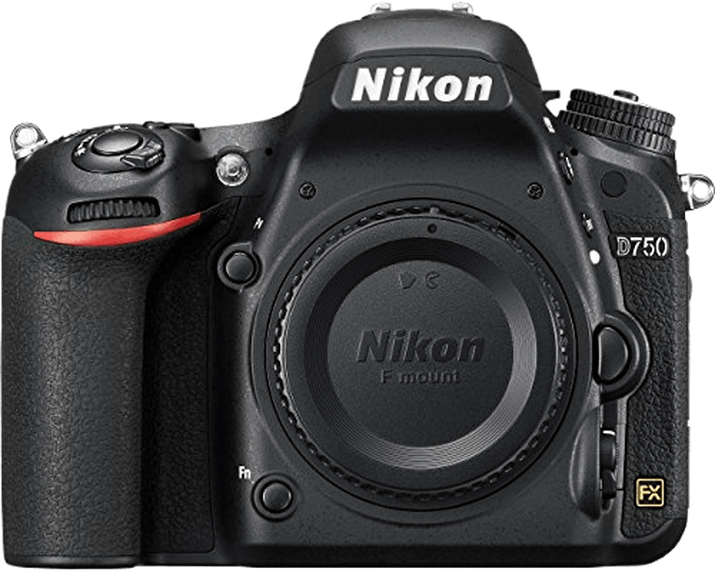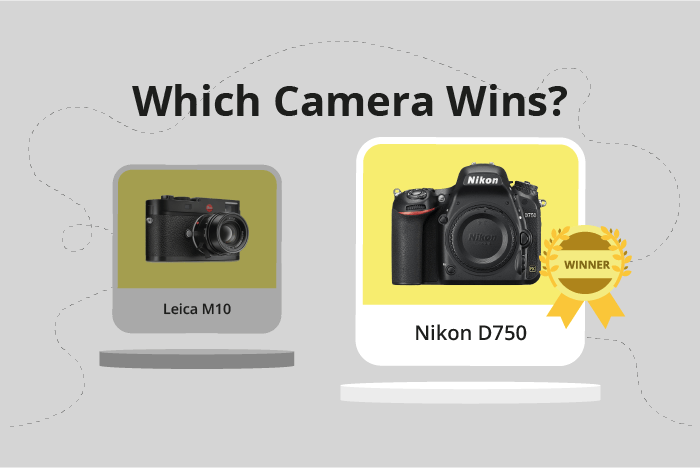Leica M10 vs Nikon D750 Comparison
Leica M10

Nikon D750

The Nikon D750 outperforms the Leica M10 with a score of 68/100 compared to the M10’s 57/100. Both cameras share similarities in their size and weight, with the D750 being slightly larger and heavier. The Leica M10, a mirrorless camera, has its advantages in size, measuring 139 x 39 x 80mm and weighing 660g. The Nikon D750, a DSLR, measures 141 x 113 x 78mm and weighs 750g.
The Leica M10’s higher launch price of $6895 reflects its premium build and brand reputation. Despite its lower score, the M10 offers a compact and lightweight option for photographers who value portability. On the other hand, the Nikon D750’s higher score and more affordable launch price of $2300 make it a better option for those seeking a balance between performance and budget.
When considering these cameras, photographers should weigh their priorities in terms of performance, price, and portability. The Nikon D750 offers a higher score and a more budget-friendly option, while the Leica M10 provides a compact, lightweight alternative with a premium feel.
Leica M10 vs Nikon D750 Overview and Optics
The Nikon D750 triumphs over the Leica M10 in terms of optics, scoring 71/100 compared to the M10’s 67/100. Both cameras share some common specifications, such as 24-megapixel resolution, CMOS sensor type, full-frame sensor size, and the lack of image stabilization. However, there are key differences that set them apart.
The Nikon D750 outperforms the Leica M10 in several aspects. Firstly, the D750’s shooting speed is higher at 6.5 frames per second compared to the M10’s 5 frames per second. This advantage allows for capturing fast-moving subjects more effectively. Secondly, the D750 has a higher DXOMARK score for its sensor, standing at 93 against the M10’s 86. This score difference indicates superior image quality and low-light performance. Lastly, the Nikon F FX lens mount on the D750 offers a broader range of compatible lenses, providing more versatility for photographers.
On the other hand, the Leica M10 has its strengths. Equipped with a Maestro II processor, it ensures efficient processing and handling of high-quality images. The Leica M lens mount, although less versatile than Nikon’s, is known for its exceptional build quality and optics, delivering outstanding image results.
Taking these factors into account, it is evident that the Nikon D750 offers better overall optics, with a faster shooting speed, higher sensor score, and more versatile lens mount. Nevertheless, the Leica M10’s processor and lens mount quality should not be overlooked, as they contribute to the camera’s overall performance. In the end, the choice between these two cameras depends on the individual photographer’s preferences and requirements.
Leica M10 vs Nikon D750 Video Performance
When examining the video capabilities of the Leica M10 and the Nikon D750, it is important to note that the Leica M10 does not have any video functionality. This means that the camera is not suitable for those who require video recording capabilities in their photography equipment.
On the other hand, the Nikon D750 has a video score of 56 out of 100. This camera offers Full HD video recording with a maximum resolution of 1920 x 1080. It can record videos at a maximum frame rate of 60 frames per second, providing smooth motion capture for various applications. However, the Nikon D750 does not have built-in time-lapse functionality, which may be a limitation for some users.
Taking these factors into account, it is clear that the Nikon D750 is the better choice for those who require video capabilities in their camera. The Leica M10, lacking video functionality, caters to photographers who solely focus on still images. Ultimately, the choice between these two cameras depends on the specific needs and preferences of the photographer.
Leica M10 vs Nikon D750 Features and Benefits
The Nikon D750 takes the lead in features, scoring 59 out of 100, while the Leica M10 lags behind with a score of 44. Despite the difference in scores, both cameras share some specifications. Both the Leica M10 and Nikon D750 have screen sizes of 3 inches and 3.2 inches respectively, and neither has a touchscreen. Additionally, both cameras lack GPS and Bluetooth capabilities, but they do offer WIFI connectivity.
The Nikon D750 outperforms the Leica M10 in several aspects. It has a larger screen size of 3.2 inches compared to the M10’s 3 inches, providing a better viewing experience. The D750 also has a higher screen resolution of 1,229,000 dots, compared to the M10’s 1,036,800 dots, resulting in a sharper and clearer display. Furthermore, the Nikon D750 benefits from a flip screen, which allows for more versatile shooting angles and greater flexibility in various situations.
On the other hand, the Leica M10 does not offer any distinct advantages over the Nikon D750 in terms of features. Both cameras have similar specifications, with the D750 having additional benefits such as a larger screen and flip screen functionality.
Taking these points into consideration, the Nikon D750 proves to be the superior camera in terms of features. Its larger screen, higher resolution, and flip screen give it an edge over the Leica M10. Meanwhile, the Leica M10 does not provide any unique advantages in this category. Therefore, when comparing these cameras based on their features, the Nikon D750 emerges as the clear winner.
Leica M10 vs Nikon D750 Storage and Battery
The Nikon D750 outperforms the Leica M10 in storage and battery, scoring 79/100 compared to the M10’s 13/100. Both cameras accept SD, SDHC, and SDXC memory cards, but the D750 has the advantage of two memory card slots, allowing for more storage and versatility. The Leica M10 only has one slot.
Regarding battery life, the D750 is superior with 1230 shots per charge using the EN-EL15 battery. The M10 falls short with just 210 shots per charge using the BP-SCL5 battery. Neither camera offers USB charging.
While the Leica M10 lags in storage and battery capacity, it still delivers exceptional image quality and performance in other aspects. However, for users prioritizing longer battery life and additional storage, the Nikon D750 is the clear choice. Both cameras have their strengths, but in terms of storage and battery, the D750 takes the lead.
Leica M10 vs Nikon D750 – Our Verdict
Are you still undecided about which camera is right for you? Have a look at these popular comparisons that feature the Leica M10 or the Nikon D750:

